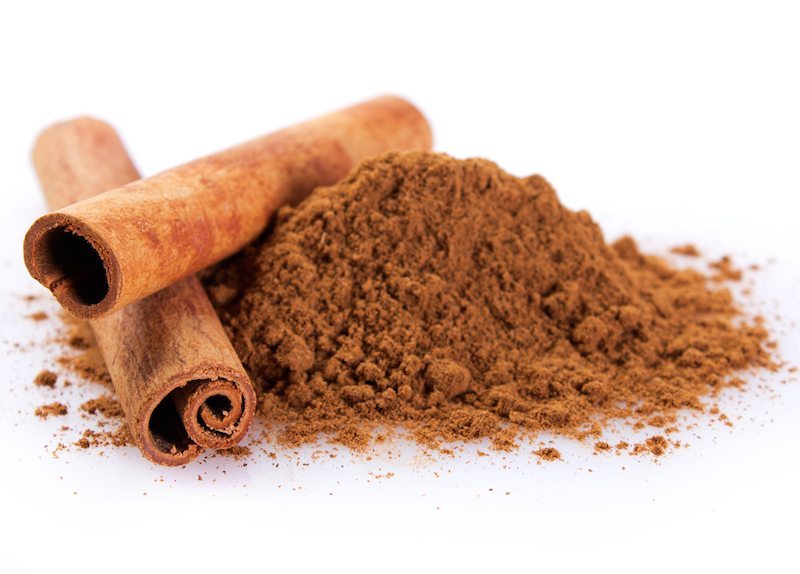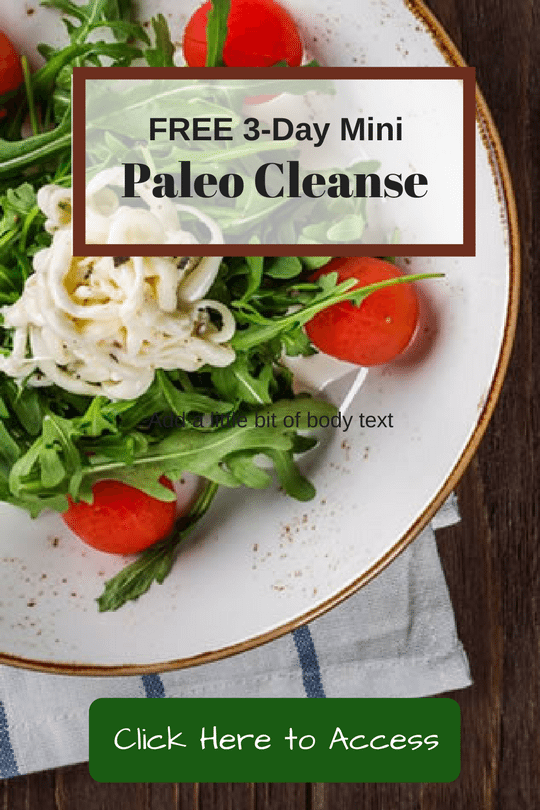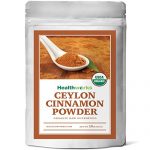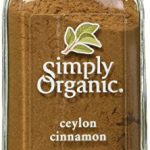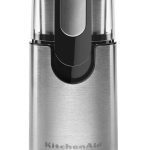Ground Cinnamon – A Tasty Spice with Lots of Therapeutic Potential
When we think of cinnamon, thoughts of apples and home baking immediately pop into our minds. Cinnamon has been around for a long, long time. But did you know that cinnamon can be used for health reasons as well? Ground cinnamon is not exactly the first thing that comes to mind when thinking of treatment for diabetes or blood pressure. Recent studies are showing promise that cinnamon has specific properties that contribute to overall health and well-being.
What is Cinnamon?
Cinnamon has been used for thousands of years. The spice is mentioned in several texts, including ancient Egyptian writings and the Bible. It was widely traded in ancient times in Europe and Asia by Arab spice traders. Ground cinnamon had been considered a luxury item in Europe due to its elusive and fragrant nature.
Cinnamon is the name given to a variety of species of trees, some of which produce the spice we commonly know as cinnamon. Most cinnamon used today is not derived from “true cinnamon” or Ceylon pr Sri Lankan cinnamon – which comes from the Cinnamomum verum tree. Most of the ground cinnamon in stores comes from the Cinnamomum cassia tree and is know as “cassia” or Chinese cinnamon. Cassia is the most common commercial type of cinnamon.

Cassia is widely cultivated in areas in China, while Ceylon is native to Sri Lanka and southern portions of India. Cassia cinnamon is what nearly all grocery and health food stores sell. Cassia has been studied more extensively than Ceylon, since it is more widely available. One of the main differences in the two types is that Cassia contains more of a compound called coumarin. Coumarins are thought to be damaging to the liver when consumed in high quantities. Researchers conclude that the health benefits of Ceylon cinnamon outweigh those of the common Cassia due to the decreased risk of liver toxicity.
Ground cinnamon is made from the stems of the Cinnamomum genus trees. The inner bark of the tree is allowed to dry and form strips or curls, which are the cinnamon stick. When the sticks are ground, we get the powdered form of the spice that we all have in our spice racks. The smell and flavor we associate with cinnamon is due to an oil. This oil contains high amounts of a compound called cinnamaldehyde. Cinnamaldehyde is what is responsible for cinnamon’s health and metabolic. effects.
Reported Therapeutic Benefits of Cinnamon
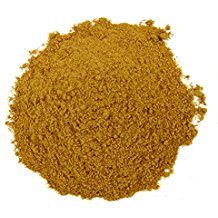 Diabetes is a disease affecting many Americans. Type 2 diabetes occurs when the body becomes resistant to the hormone, insulin. The lack of insulin allows sugar in the bloodstream to become abundant, causing may health problems such as damage to the cardiovascular system, nerve damage, and possibly stroke. When a person is diabetic, it is very important for them to control their blood sugar levels. Ground cinnamon has been shown in small studies to promote better blood sugar control by helping insulin do its job more effectively. Cinnamon may also help to decrease the amount of sugar that enters the bloodstream after meals. It interferes with digestive enzymes, which slow the breakdown of sugars during digestion. In one study, subjects were asked to consume between one to six grams of ground cinnamon per day for 40 days. The study found that blood sugar levels were cut by 24 percent (which compare quite favorably with the action of standard diabetes drugs).
Diabetes is a disease affecting many Americans. Type 2 diabetes occurs when the body becomes resistant to the hormone, insulin. The lack of insulin allows sugar in the bloodstream to become abundant, causing may health problems such as damage to the cardiovascular system, nerve damage, and possibly stroke. When a person is diabetic, it is very important for them to control their blood sugar levels. Ground cinnamon has been shown in small studies to promote better blood sugar control by helping insulin do its job more effectively. Cinnamon may also help to decrease the amount of sugar that enters the bloodstream after meals. It interferes with digestive enzymes, which slow the breakdown of sugars during digestion. In one study, subjects were asked to consume between one to six grams of ground cinnamon per day for 40 days. The study found that blood sugar levels were cut by 24 percent (which compare quite favorably with the action of standard diabetes drugs).
Cinnamon has been linked to lowered blood pressure in patients with diabetes, and lowered systolic blood pressure in patients without diabetes. The reason for this is thought to be due to lowered blood sugar levels, since high blood sugar does contribute to hypertension.
Ground cinnamon can also help reduce the amount of excess sugar patients use. It is a natural sweetener and can be used in coffee and tea to cut back on the amount of sugar or chemical additives you use.

Antioxidants protect the body from free radicals. Free radicals are responsible for aging effects and can contribute to cancer. Cinnamon contains powerful antioxidants, called polyphenols. These antioxidants are so powerful that cinnamon can often be used as a food preservative.
Inflammation is the body’s way to fight infection and repair damage to the tissues after trauma or injury. Some diseases, like rheumatoid arthritis, cause the body to experience chronic inflammation, which can cause harm to the body. The antioxidants in cinnamon have been shown to reduce inflammation.
Ground cinnamon has been shown in small studies to reduce the levels of “bad” cholesterol, while allowing “good” cholesterol to remain at higher levels. This is important in reducing the risk of heart attacks and disease.
Alzheimer’s disease and Parkinson’s disease are devastating conditions that result in the brain losing structure and function over time. Patients with Alzheimer’s disease have a build up of a protein in the brain. Cinnamon contains a compound that may work to help prevent this buildup. In patients with Parkinson’s disease, cinnamon may help to protect the neurons in the brain and improve motor function.
Cancer is a disease which is essentially certain types of cells growing at uncontrollable rates. In preliminary studies, cinnamon shows promise in helping to prevent this tremendous growth rate, and inhibiting blood vessel growth to these cells.
Cinnamon has been shown to help fight different types of infections in the body. Fungal infections in the respiratory tract, Listeria, Salmonella, tooth decay, and gum disease may all be helped with the aid of the cinnamaldehyde found in cinnamon.
How Much Ground Cinnamon to Take for Therapeutic Benefits
There is no steadfast cure all dosage of cinnamon. Experts suggest taking a dose of 1 to 6 grams per day for maximum therapeutic benefit. Most people take about a half teaspoon of cinnamon daily. You would use it in a gelatin or veggie cap to take as a supplement, or just sprinkle some of it on your food.
Some studies suggest taking cinnamon on a specific schedule. Many people take it for six weeks, then take one week off. Others suggest taking it for five days and taking two days off.
Best Form of Ground Cinnamon to Take for Extended Use
As far as how to take it, the purest form of the chemical, cinnamaldehyde, can be found in oil extracts. This is the chemical responsible for most of the therapeutic benefits associated with cinnamon. Since oil extracts are highly concentrated, the daily dosage would be greatly reduced. Most people only take about one to two drops per day, mixed into a food or beverage. Again, it is suggested to take the Ceylon cinnamon only – particularly for long term use.
High doses of coumarin, a compound found in higher amounts in the Cassia variety of cinnamon, can be toxic to the liver. Try to find extracts from the Ceylon variety, or use a cinnamon stick, to lessen this compound and its potential liver effects.
For cooking, use fresh ground cinnamon. You can make your own by breaking fresh sticks in half and grinding in a coffee maker. Make periodically for optimal freshness.
The FDA does not regulate nor has it approved the use of cinnamon to treat any medical condition. The information contained in this article is meant to give information, not to treat, diagnose, or cure any condition. Patients should talk to their doctor before adding any supplement to their diet. If you are pregnant, nursing, or have a heart condition, you should not take cinnamon.
Ground cinnamon has been around for thousands of years and has been thought to affect many illnesses since its inception. The chemicals it contains may have all natural health benefits to help control symptoms of diabetes and other devastating illnesses. Although more research needs to be done regarding the effects of cinnamon on overall health, there have been many promising studies concluding it has health benefits.

